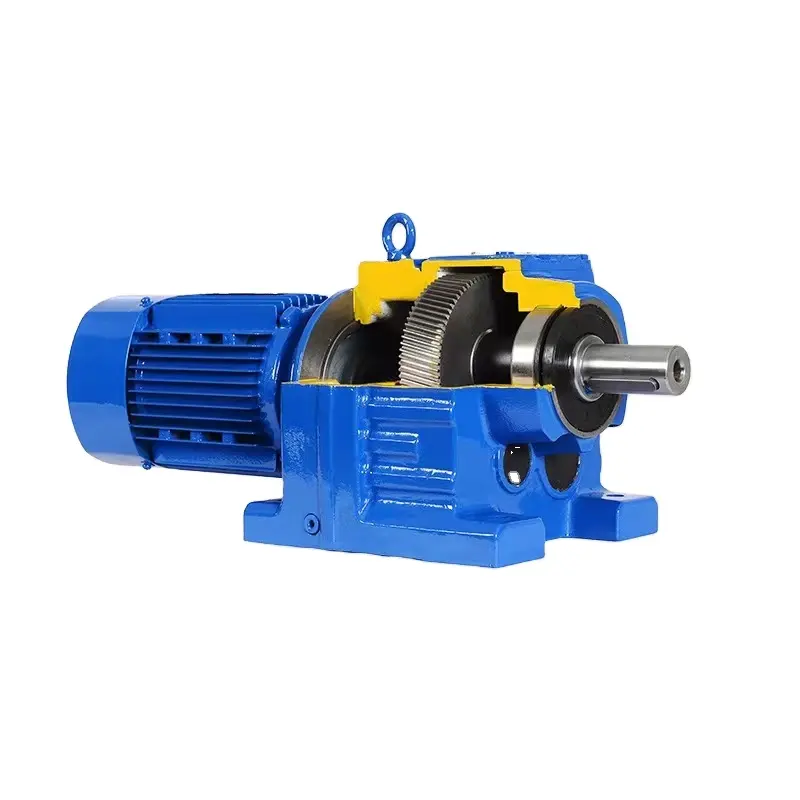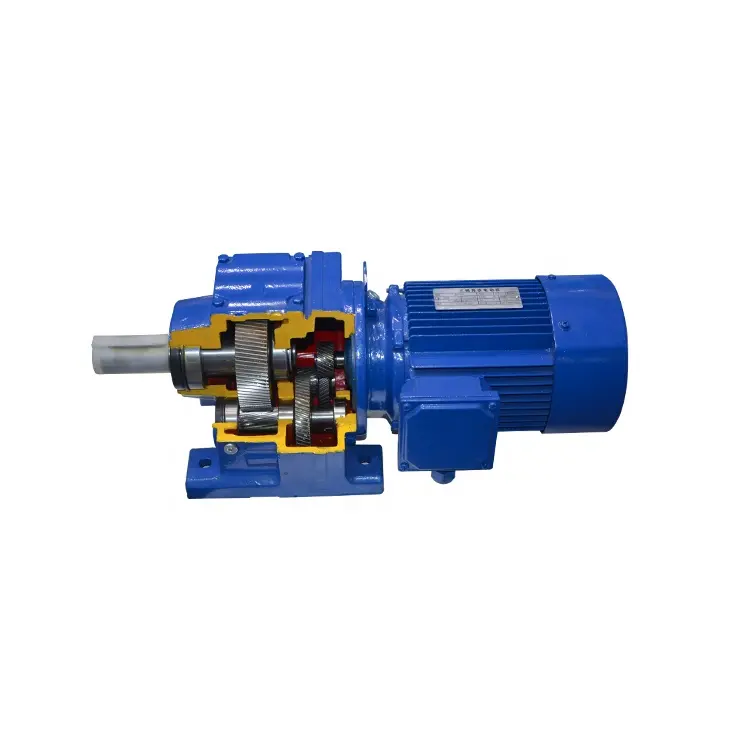double reduction gearbox
A double reduction gearbox represents a sophisticated mechanical system that employs two distinct stages of gear reduction to achieve optimal torque multiplication and speed reduction. This innovative design incorporates two sets of gear pairs working in sequence, allowing for greater overall reduction ratios than single-stage alternatives. The primary stage typically handles the initial speed reduction, while the secondary stage further reduces the output speed to achieve the desired final ratio. These gearboxes are engineered with precision-machined gears, robust bearings, and durable housings to ensure reliable performance under demanding conditions. The system's design enables it to handle higher power transmission requirements while maintaining efficiency and mechanical advantage. Double reduction gearboxes find extensive applications in various industrial sectors, including mining equipment, conveyor systems, heavy machinery, and material handling equipment. They excel in situations requiring significant torque multiplication, such as lifting mechanisms, industrial mixers, and heavy-duty conveyor drives. The double reduction configuration also allows for more compact design compared to single reduction units of equivalent ratio, making them ideal for applications where space optimization is crucial.


